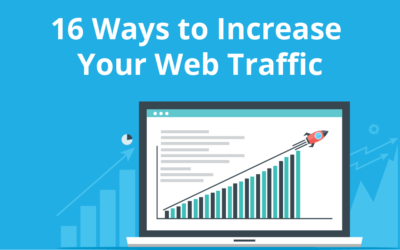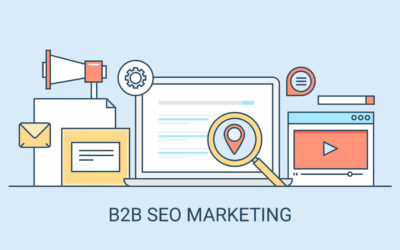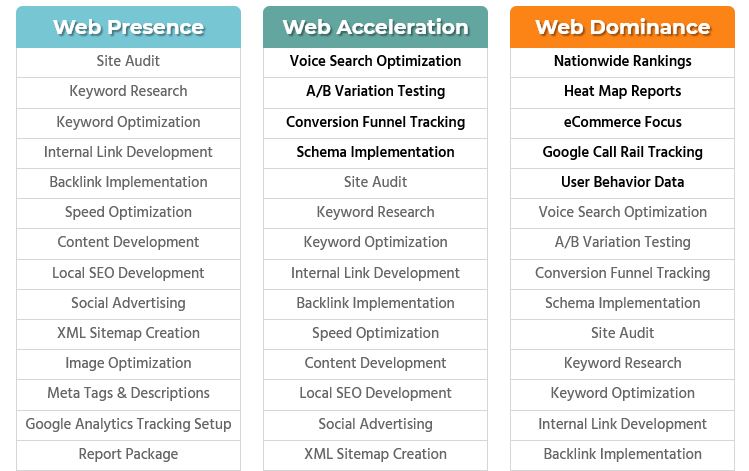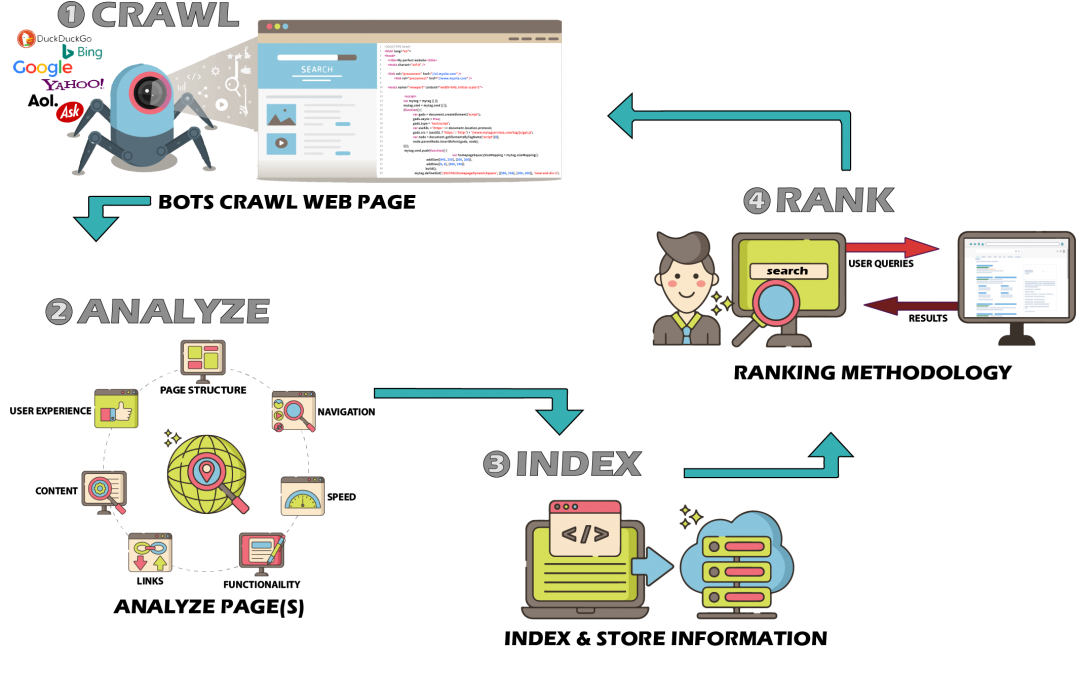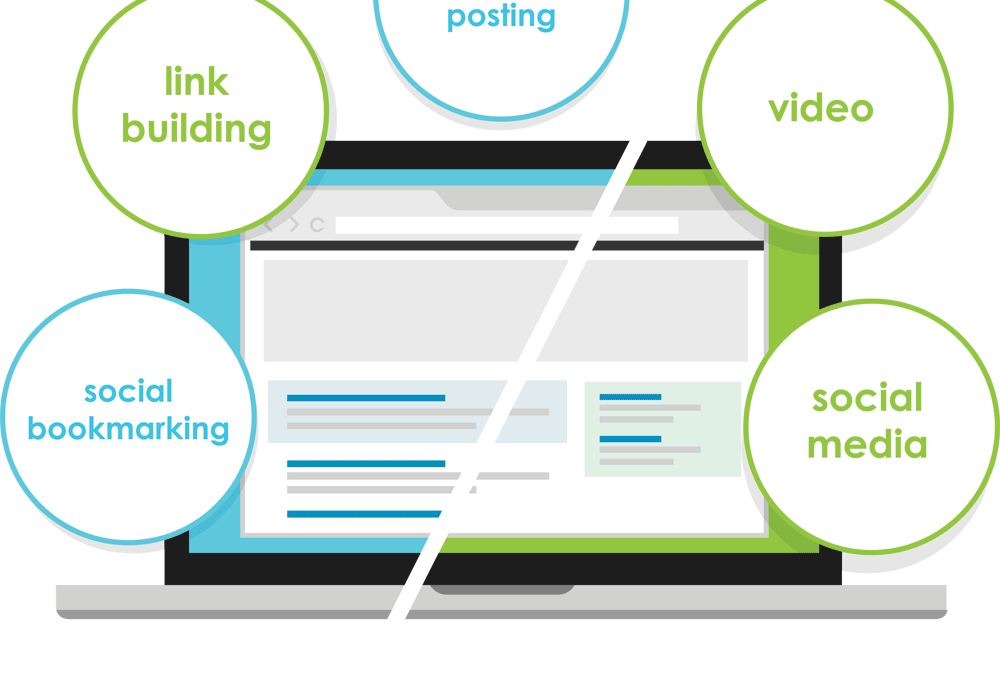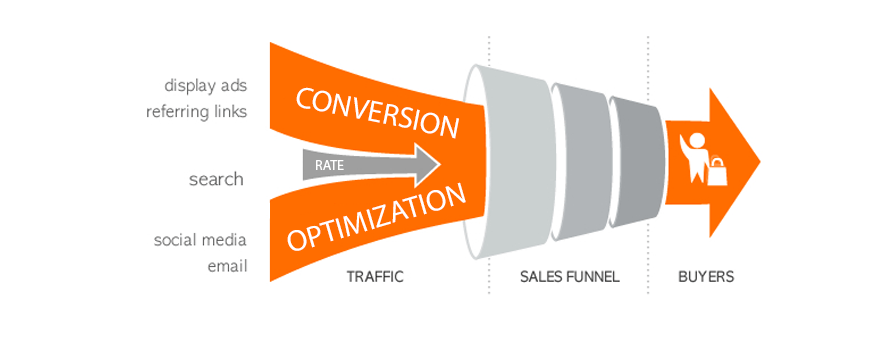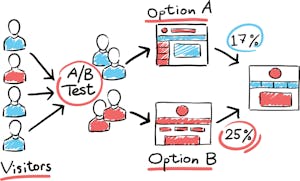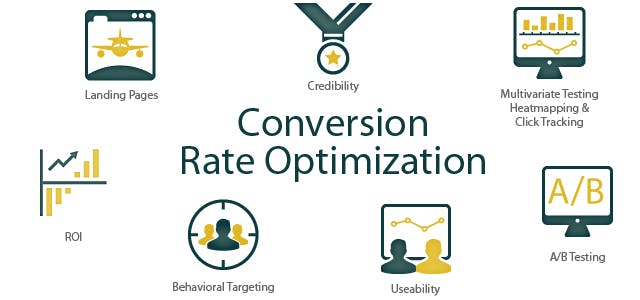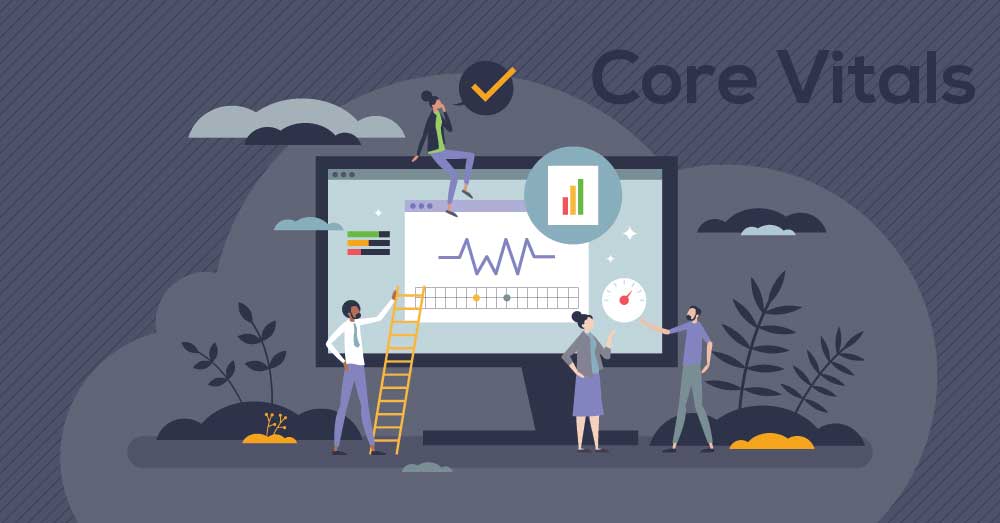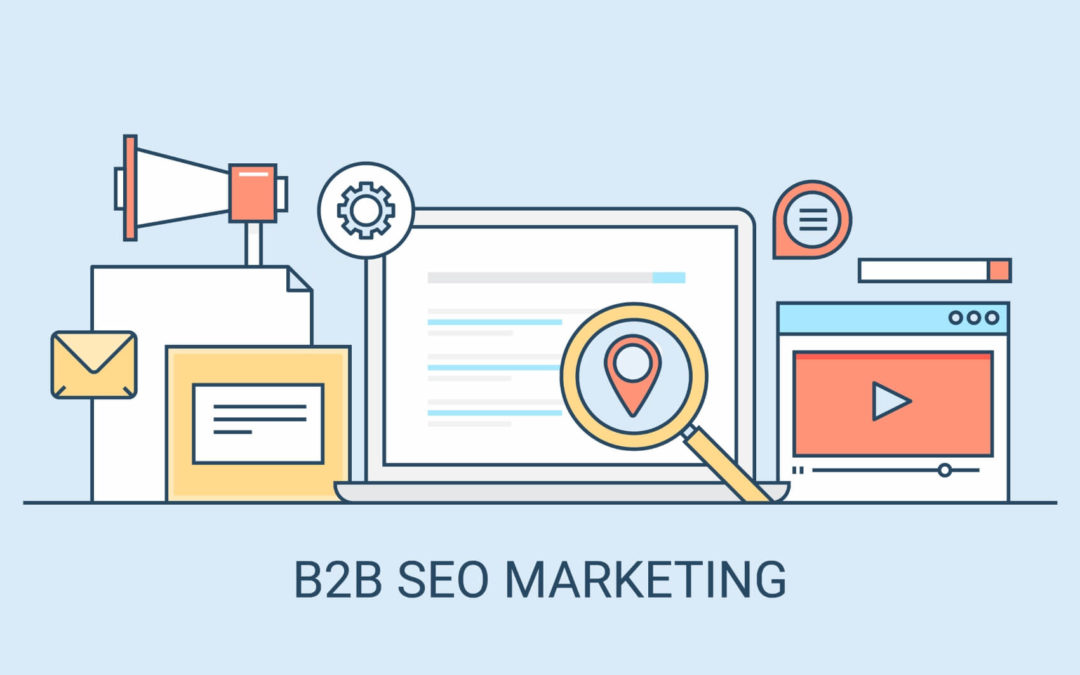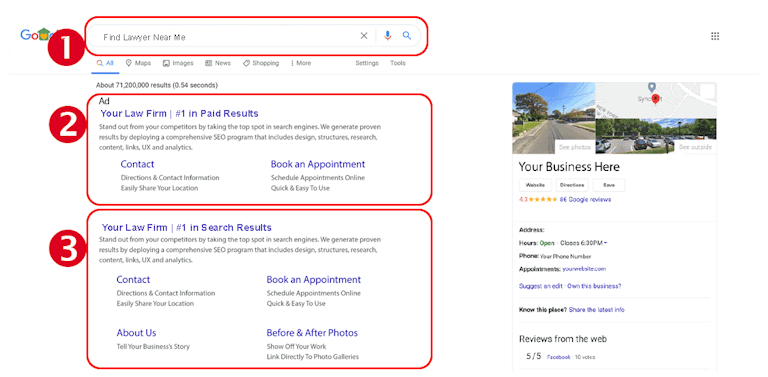There are few constants in the ever-evolving landscape of Search Engine Optimization (SEO). Algorithms change, user...
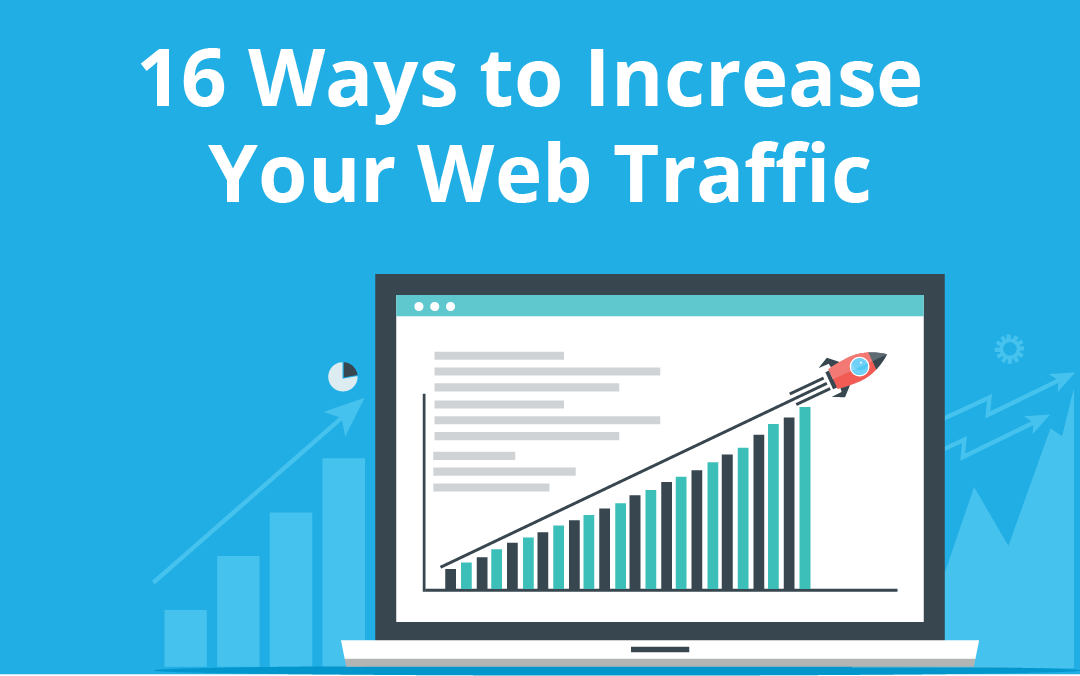
16 Ways to Significantly Increase Your Website Traffic
You built a website, but few are visiting or returning. If your website traffic is lagging, here are 16 tactics to give your website traffic a boost.
- Do You Look Good?
- Are You Mobile-Friendly?
- In Website Traffic, Speed is a Good Thing.
- Is Everything Neat and in Order?
- What’s Going on Behind the Scenes?
- Do You Know How to Tell a Good Story?
- Are You Short Tail or Long Tail?
- If a Picture Is Worth a Thousand Words, How Much Is a Video Worth?
- Are You Social?
- Thought Leaders Get More Traffic.
- Link-Up
- Does It Pay To Advertise?
- Get Gold Stars
- Can You Teach Them Something They Don’t Know?
- If You Email, They Will Come.
- It’s All About the Data.
1. Do You Look Good?
Research shows 94% of first impressions relate to your site’s web design.
You may have a great product, but the first element of interaction with your potential customer is your website. If you don’t make a good first impression with your web design because your site is outdated or unappealing, chances are potential customers will bounce off your website and find your competitor. To positively impact your site visitors, invest in a fresh redesign that catches your audience’s attention and gets them to engage on your page.
2. Are You Mobile-Friendly?
According to Statista, by 2024, there will be more than 185 million mobile buyers.
That is a lot of traffic and a lot of sales you will miss out on if your site isn’t mobile-friendly. Who doesn’t have a smartphone nowadays? Providing a mobile-friendly website reduces bounce rates by making it easy for visitors to navigate your site using their cell phones.
3. In Website Traffic, Speed Is a Good Thing.
According to a study by Google, the fastest websites can load within five seconds and retain 95% of their visitors.
The longer it takes your site to load once someone clicks on it, the more you’ll lose out on some potential customers who give up due to your slow site speed. Make sure your website is optimized for speed to keep traffic moving on your site and not your competitors.
4. Is Everything Neat and in Order?
53% of all trackable website traffic comes from organic search. (BrightEdge)
Optimizing your content for search engines is very important. On-page SEO is the practice of optimizing web page content for search engines. If you show up on page 1 of the SERP, you’re more likely to get more traffic to your website. On-page SEO practices include:
- Optimizing title and meta tags.
- Developing keyword-rich content.
- Creating internal links.
- Assigning SEO-friendly URLs to your web pages.

5. What’s Going on Behind the Scenes?
68% of online experiences begin with a search engine. (Intergrowth)
A little schema goes a long way. Schema is a type of microdata that makes it easier for search engines to interpret the information on your web pages more effectively to serve relevant results to users based on search queries. While Google claims that schema does not affect search ranking factors, it does improve your site’s rich snippets. Rich snippets help people find what they want, and that is what Google loves. If you are more visible in the search engines on page 1, you will get more website traffic.
6. Do You Know How To Tell a Good Story?
B2B marketers use an average of 13 content marketing tactics. (TopRankBlog)
You can’t just rely on one type of content for your website. Don’t be afraid to vary the length and format you use, interspersing short news-based blog posts with longer pieces such as video, infographics, or data-driven articles. Creating quality copy without sounding robotic can be challenging but is extremely valuable in bringing quality traffic to your website. Don’t forget an excellent, compelling headline either because, without a powerful, attention-grabbing headline, even the best-written articles may go unread.
7. Are You Short Tail or Long Tail?
Long-tail keyword searches have a click-through rate of 3% to 5% higher than generic searches. (Smart Insights)
Long-tailed keywords are good if you’re in a competitive market. For example, the keyword “lawyers” produces over 201,000 searches per month. A long-tail keyword for lawyers could be “divorce lawyers near me,” which produces 110,000 per month. “Divorce attorney near me” creates 40,500 searches per month. Long-tail keywords can have a higher conversion value, as they are more specific. The traffic growth may be more gradual, but it opens you up to new visitors who are more motivated to buy.
8. If a Picture Is Worth a Thousand Words, How Much Is a Video Worth?
Video is 50x more likely to get organic ranking than plain text results. (Forrester)
When it comes to attracting new customers, video content combines visual imagery and sound to tell your story better than static images or text. Studies show that information retention is significantly higher for visual material than it is for text. So, if you want to boost traffic to your website, add video content. According to Elite Content Marketer, 66% of people said they’d prefer to watch a short video to learn about a product or service. 18% would rather read a text-based article, website, or post.

9. Are You Social?
53.6% of the world’s population uses social media. The average daily usage is 2 hours and 25 minutes. (Global Webindex)
Maintaining an active presence on popular social channels such as Twitter, YouTube, Facebook or Instagram can help you increase traffic to your website by leveraging the power of people sharing and liking your posted content – this builds awareness for any business’ products while simultaneously boosting traffic from sources like Google search results. Be sure to post regularly and offer relevant content that your ideal customers will find helpful, including images, videos, infographics, how-to guides, and more.
Make sure your social media profile is optimized. Fill in all the details on your profile and include relevant keywords. Also, add your website links in your social media profile and add your social media links on your website as well.
10. Thought Leaders Get More Traffic.
More than half (55%) of business decision-makers said they had increased their business with an organization based on their thought leadership. (LinkedIn)
Becoming an industry thought leader certainly is not easy. It requires maintaining an active role in providing fresh content and participating in industry events. Creating a blog with valuable, insightful information can help give you industry thought leader status, setting you apart from your competition and bringing potential customers to your website to read your content and procure your products and services.
11. Link-Up
91% of all pages never get any organic traffic from Google, mostly due to the fact they don’t have backlinks. (Ahrefs)
A backlink is a link from one website to another. Backlinks help websites increase their search traffic and rankings on search engines. But only high-quality backlinks will actually increase your website traffic. Backlinks are significant ranking factors. Google considers incoming links as a “vote of confidence” from one site to another. So, the more backlinks a page has, the more search traffic it gets from Google.
Referral traffic refers to visits to your site from links that appear on a different site. To make referral traffic worth your while, it has to be from a site that is reputable with ongoing traffic itself; otherwise, you could get penalized by Google. The best links that bring in quality referral traffic include directory/resource links, review links, and news aggregator links.
12. Does It Pay To Advertise?
Global digital ad spend will reach $445 billion in 2021. (eMarketer)
Paid search, social media advertising, and display ads help drive relevant traffic back to a business’ website.
Paid search involves placing ads on Google and other major search engines, which can lead you down the path towards success in no time! With paid search ads, businesses bid on ad placement to appear as a sponsored link on the search engine results page. When search engine users search for relevant keywords related to the company, the PPC ad will appear at the top of the page in their search query. The ad usually includes a link back to the sponsor’s website, which brings in the traffic that turns prospects into customers. Google estimates that businesses generally make an average of $2 in revenue for every $1 they spend on AdWords.
Social media advertising involves placing ads on social networking sites with a link back to your site to bring in more traffic, create brand awareness, and sell products. Promoted ads on Facebook, Twitter, or Linkedin are an effective way to target the right audience and get even better results than organic. In addition, everything is tracked, and you can use the data to improve your advertising campaigns further.
Display ads appear on Internet websites, apps, or social media through banners made of text, images, flash, video, and audio and can include a link back to your website to drive more traffic. According to Zenith forecast: Total display ad spend is expected to hit $177.6 billion globally. You can use retargeting tactics on your website to serve visitors display ads once they leave your site and visit other sites.

13. Get Gold Stars
Studies show that 94% of consumers report that positive reviews make them more likely to use a business.
Online reviews allow customers to rate their experience with a company and potential customers to decide whether they trust that company. As a result, online reviews have a significant impact on increasing a website’s traffic. If your customers have a positive experience with your company, encourage them to offer a review on sites like Yelp, Trip Advisor, and Google.
14. Can You Teach Them Something They Don’t Know?
Webinars hosted on a company domain generate 3x more audience participation. 91% of professionals who watch webinars say their next step is to visit a website for more info. (BrightTALK)
Webinars and live events are a great way to share your wisdom with eager audiences and bring in qualified traffic interested in learning about trending topics, case studies, and demonstrations around your products and services. Send out an email ahead of time so that you can increase attendance and promote through social media. Make sure your webinars are informative and not salesy if you want to hold your audience’s attention.
15. If You Email, They Will Come.
49% of consumers said that they would like to receive promotional emails from their favorite brands on a weekly basis. (Statista)
Email marketing is a powerful tool to help send traffic to your website. In fact, you’re 6x more likely to get traffic from emails than from tweets. Email newsletters can drive subscribers to your website to read an article or take advantage of an offer. Promotional emails can focus on specific sales or events, such as a product demonstration or featured artist in your store.
Remember to include CTAs with linkbacks to your website. Use Google Analytics to see how much traffic is coming through to the site when you send emails by adding UTMs (Urchin Tracking Module) to your links.
UTM Example:
www.yoursite.com/casestudies?utm_source=seosuccess&utm_medium=email&utm_campaign=feature%20launch&utm_content=bottom%20cta%20button
16. It’s All About the Data.
The top four ranking factors are direct website visits, time on site, pages per session, and bounce rate. (SEMrush)
Google Analytics is your best friend on just about every conceivable aspect of your site, from your most popular pages to visitor demographics. Review what pages and posts are the most popular. Inspect visitor data to see how, when, and where your site traffic is coming from. Analyze the data and use this information to inform your marketing and content strategies.
Getting To Where You Want To Go
Driving traffic to your website is challenging, but with effort will be rewarding. Following the 16 tactics above will help get you more traffic, more conversions, and ultimately increased ROI.
References:
https://www.statista.com/statistics/241471/number-of-mobile-buyers-in-the-us/
https://www.thinkwithgoogle.com/marketing-strategies/app-and-mobile/mobile-page-speed-new-industry-benchmarks/
https://www.brightedge.com/blog/organic-share-of-traffic-increases-to-53
https://inter-growth.co/seo-stats/
https://www.smartinsights.com/search-engine-optimisation-seo/seo-analytics/comparison-of-google-clickthrough-rates-by-position/
http://blogs.forrester.com/interactive_marketing/2009/01/the-easiest-way.html
https://www.gwi.com/
https://www.linkedin.com/business/marketing/blog/linkedin-ads/7-surprising-stats-about-the-underappreciated-power-of-thought
https://ahrefs.com/blog/search-traffic-study/
https://www.emarketer.com/content/worldwide-digital-ad-spending-2021
https://business.brighttalk.com/wp-content/uploads/2020/05/2020-benchmarks-ebook-2.pdf
https://www.statista.com/statistics/434649/promotional-email-frequency-preference-usa-consumer/
https://www.semrush.com/ranking-factors/
Related SEO Articles
The Evolution of Core Web Vitals in SEO: A 2023 Perspective
16 Ways to Significantly Increase Your Website Traffic
You built a website, but few are visiting or returning. If your website traffic is lagging, here are 16 tactics to...
How to use SEO to Generate High Quality B2B Leads
SEO is an important and powerful tool for B2B marketers. But many businesses do not know where to start when it comes...


